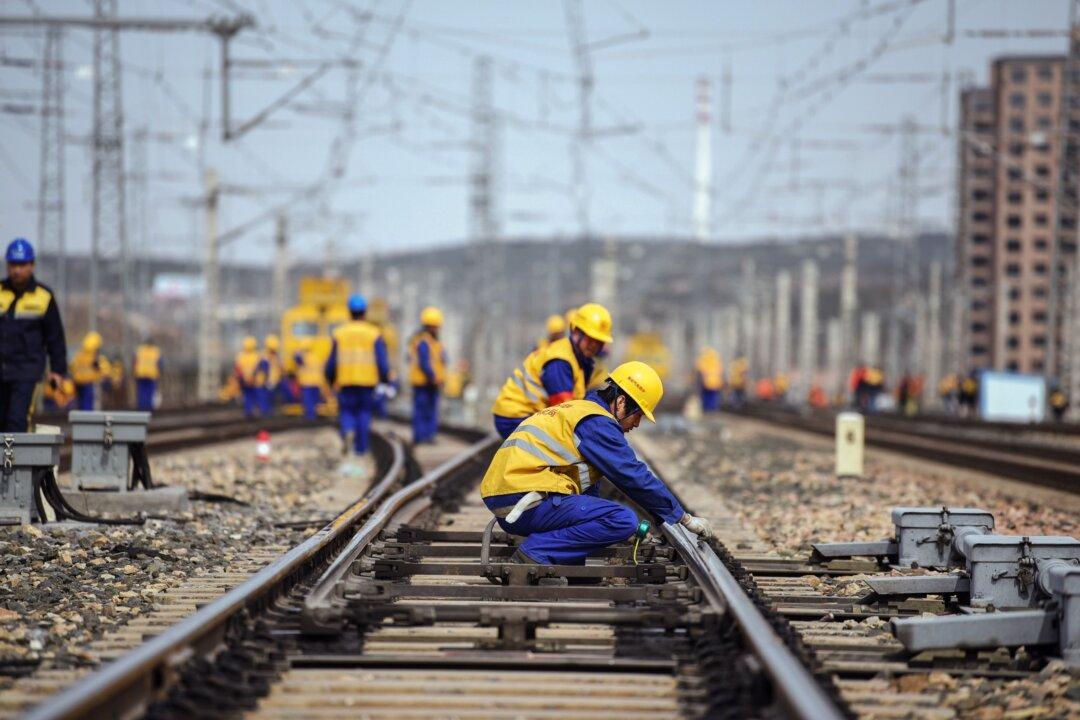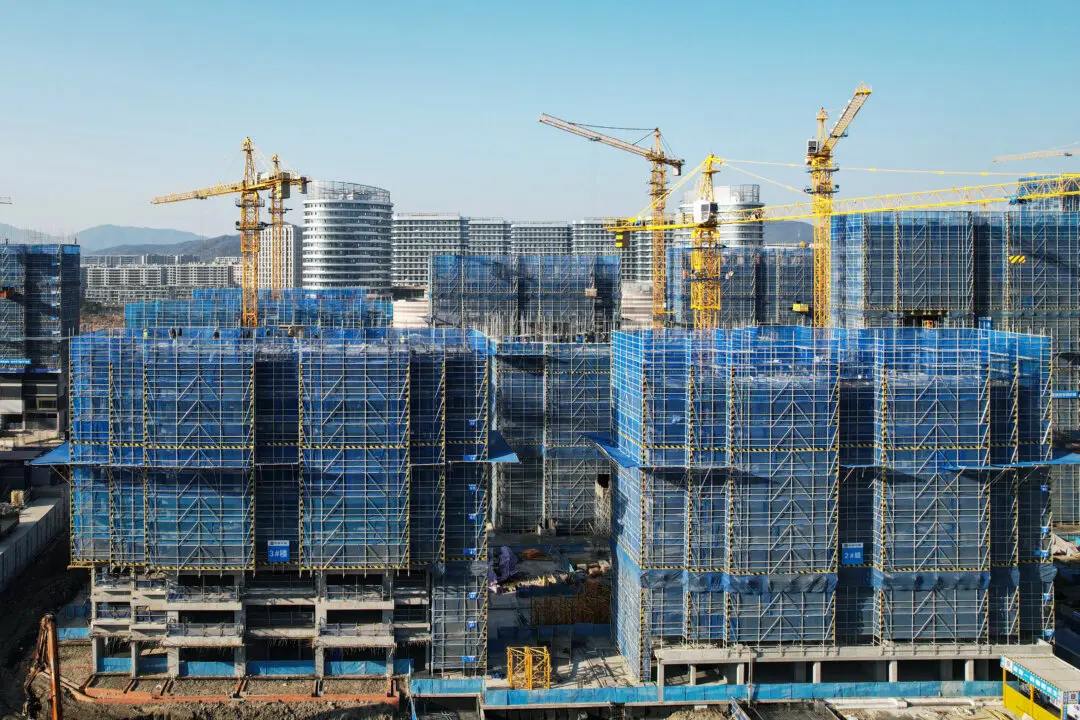Chinese officials are rolling out 1 trillion yuan ($145.6 billion) in local government special bonds to stimulate the economy and avert mass layoffs. Local governments are expected to spend the money on infrastructure.
The announcement was made by the Ministry of Finance in November 2019. The special bonds come from the 2020 quota and was released earlier this year—ahead of schedule, as these bonds typically are issued in March.





